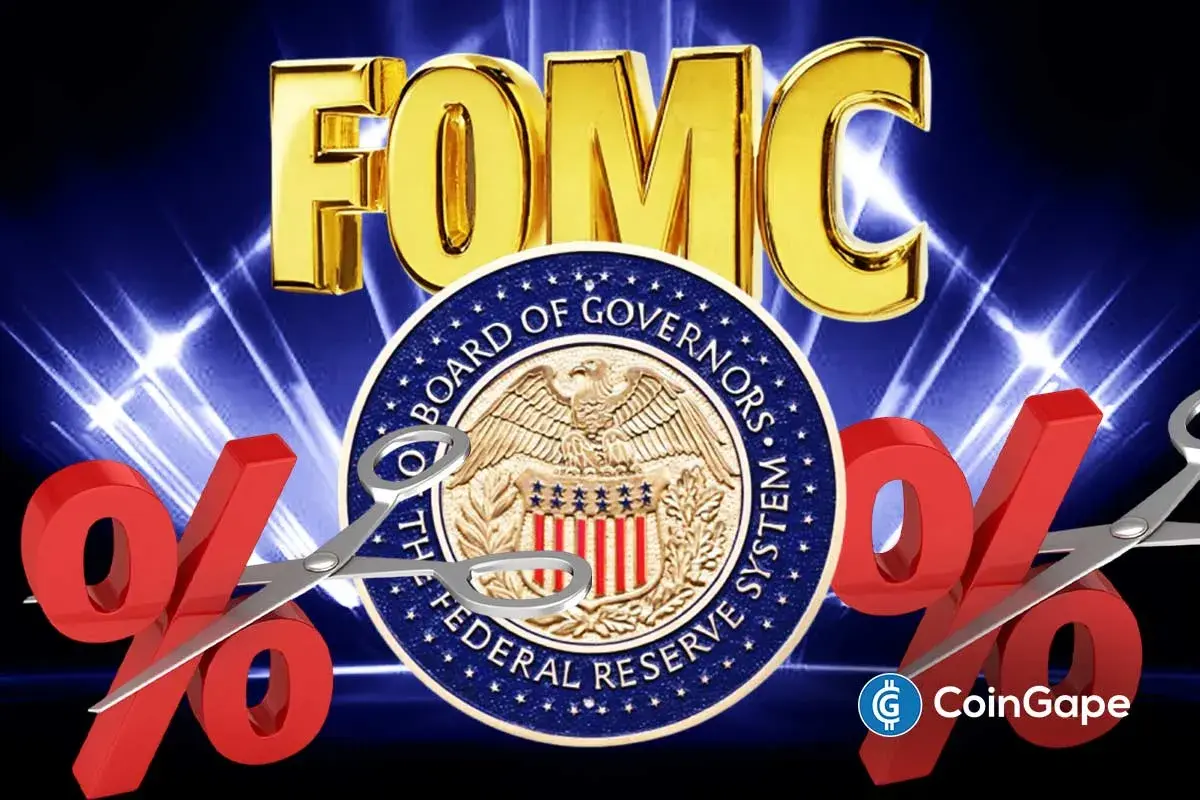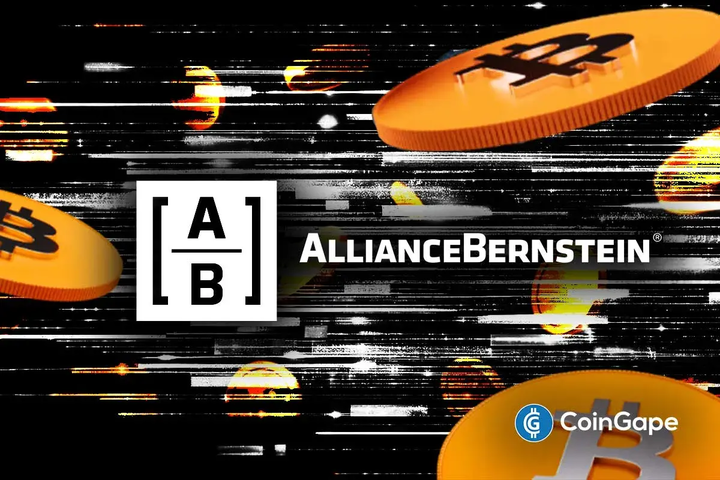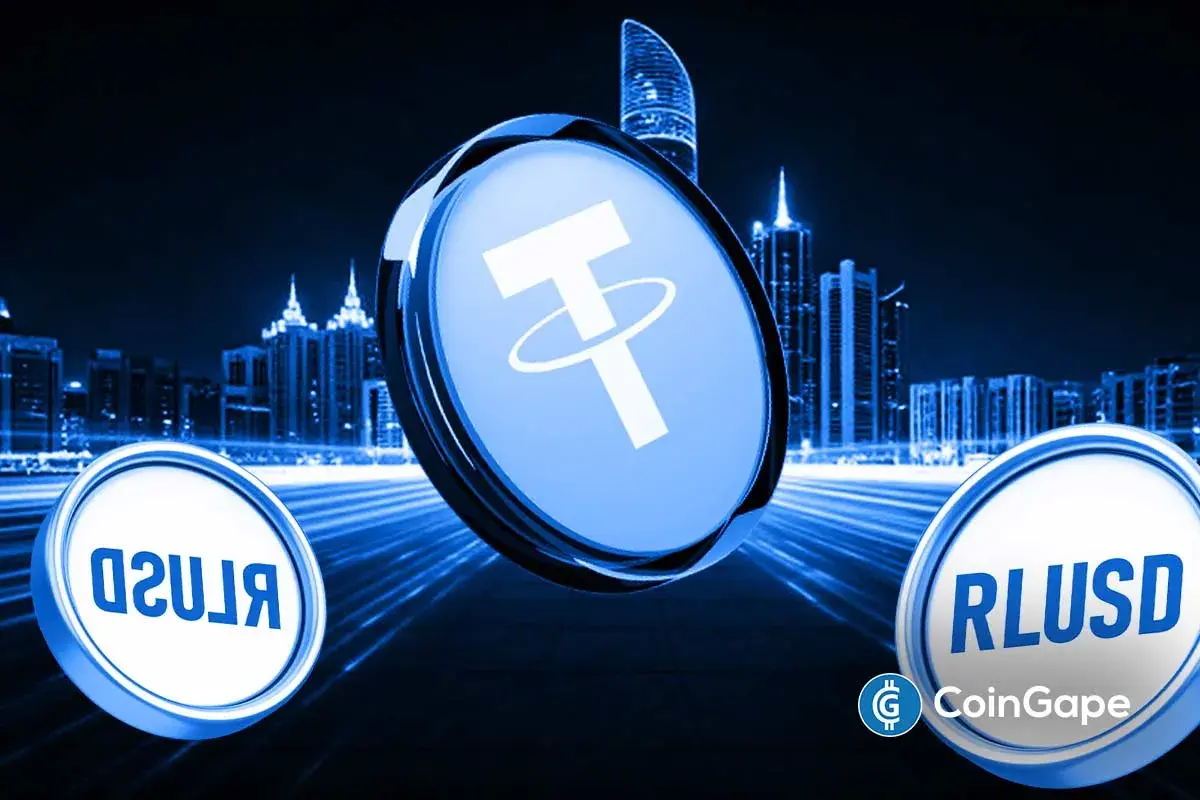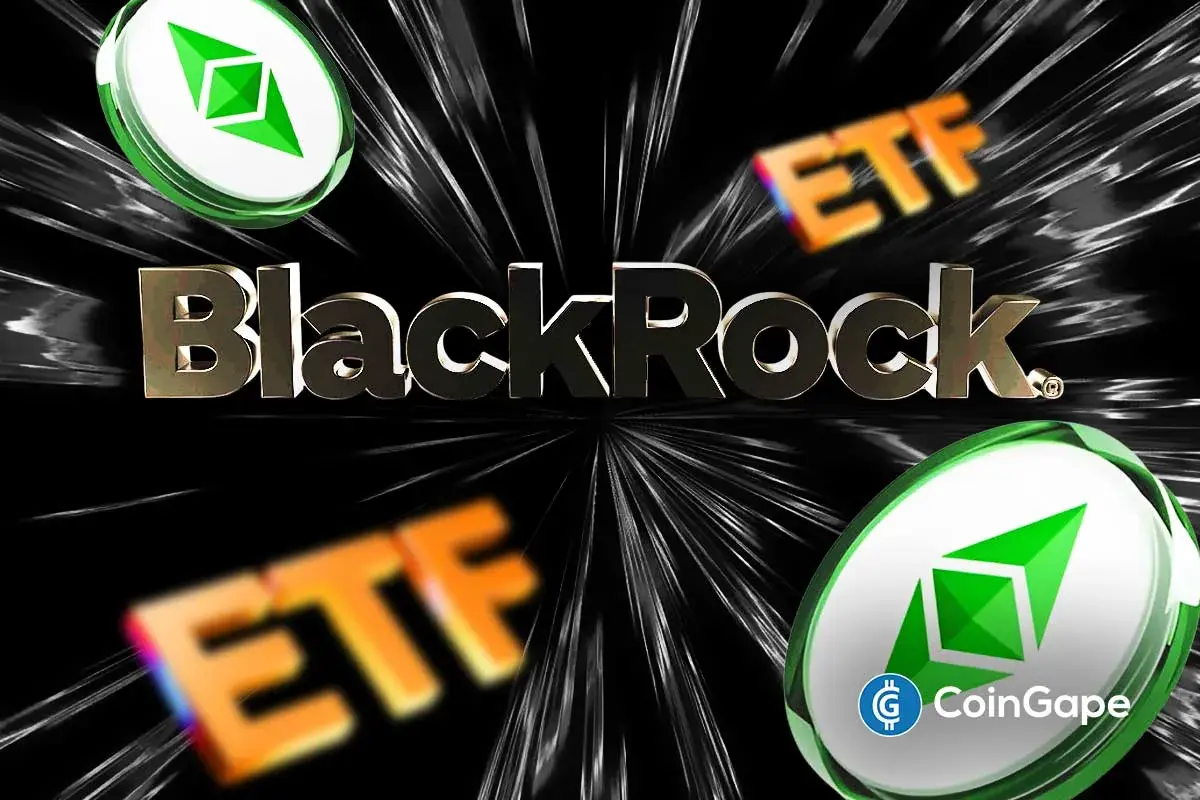Visa and Bridge Launches Stablecoin Payments In Latin America

Highlights
- Visa has now expanded into Ecuador and neighboring countries with stablecoin solutions
- The fintech giant partnered with Bridge, a Stripe company to introduce the solution
- Other fintech giants like Mastercard are also doubling down on the stablecoin offering
American financial technology company Visa has launched stablecoin payments in the Latin American (LATAM) region. The firm launched the product in partnership with Bridge, a Stripe company, as it looks to broaden access to stablecoin payments in multiple countries. Under the partnership, the company said Bridge Fintech developers can offer stable assets with a single API integration.
The Visa Stablecoin Offering
In its announcement to shareholders, Visa said customers can access the offering at local shops where its services are available. With a network of over 150 million merchants, the fintech giant reiterates its commitment to advancing payments initiatives.
The alliance with Bridge will also permit the issuance of new card programs in Colombia, Ecuador, and Mexico. Despite its bold step in this region, the company plans to expand into other markets in the coming months. Europe, Africa, and Asia are among the areas earmarked for this expansion.
In addition to Visa and Bridge’s direct role, the business will also feature Lead Bank as its financial institution partner.
This update comes as rival Mastercard launched a solution for stable token transactions earlier this week. The move confirms the high stakes fintech firms are placing on stablecoins amid changing regulatory trends worldwide.
Stablecoin is the New Focus
The clamor for stable assets is growing among crypto and mainstream payments firms. While Visa and Mastercard have not launched their own stablecoins, firms like Robinhood and Revolut are rumored to be exploring the tokens.
To capture the over $239 billion stablecoin market, Ripple launched RLUSD in December. With a consistent RLUSD mint, the token is now gaining momentum in its bid to rival top players, including Tether (USDT) and Circle (USDC).
With projections that the ecosystem will surpass $500 billion in the coming years, firms like Ripple and Tether are making strategic M&A deals. As reported earlier by CoinGape, recently, Ripple offered to buy Circle for $5 billion, a deal that did not materialize.
Regulations to Complement it All
Despite the overall growth and focus on the stablecoin ecosystem, firms like Visa do not have guiding laws in the US. However, this is changing overall with lawmakers working on the GENIUS and STABLE Act.
Although the timeline is unclear, lawmakers defer to the Donald Trump Administration’s new pro-crypto stance. A draft crypto regulation was unveiled earlier this week amid a growing push to protect investors in the United Kingdom.
The Markets in Crypto Assets (MiCA) regulation was fully implemented in December. With it, compliant stablecoin issuers like Circle are seeing the growth of stablecoins like EURC in the region
- Breaking: Labor Department Cancels October PPI Inflation Report Ahead of FOMC Meeting
- FOMC Meeting: Fed Expected to Approve Rate Cut on Dec. 10
- Bernstein Declares Bitcoin’s Four-Year Cycle Dead, Predicts $1M Target for BTC
- Breaking: Tether’s USDT Secures New Abu Dhabi Global Market Approval After Ripple’s RLUSD
- Ethereum Sees Fresh Tailwind as BlackRock Files for Staked ETH ETF
- How High Can Zcash (ZEC) Price Go?
- Solana Price Set for $150+ as Bullish Sentiment Rises in Crypto Market
- Shiba Inu Price Eyes a Rebound as Exchange Supply Nosedives by 53 Trillion
- Dogecoin Price Prediction: Will $0.30 Be Next Target for DOGE?
- Top 3 XRP Price Predictions for December 2025: Could It Reach These Levels?
- Here’s Why Bitcoin Price Will Rally To $100k This Week

















